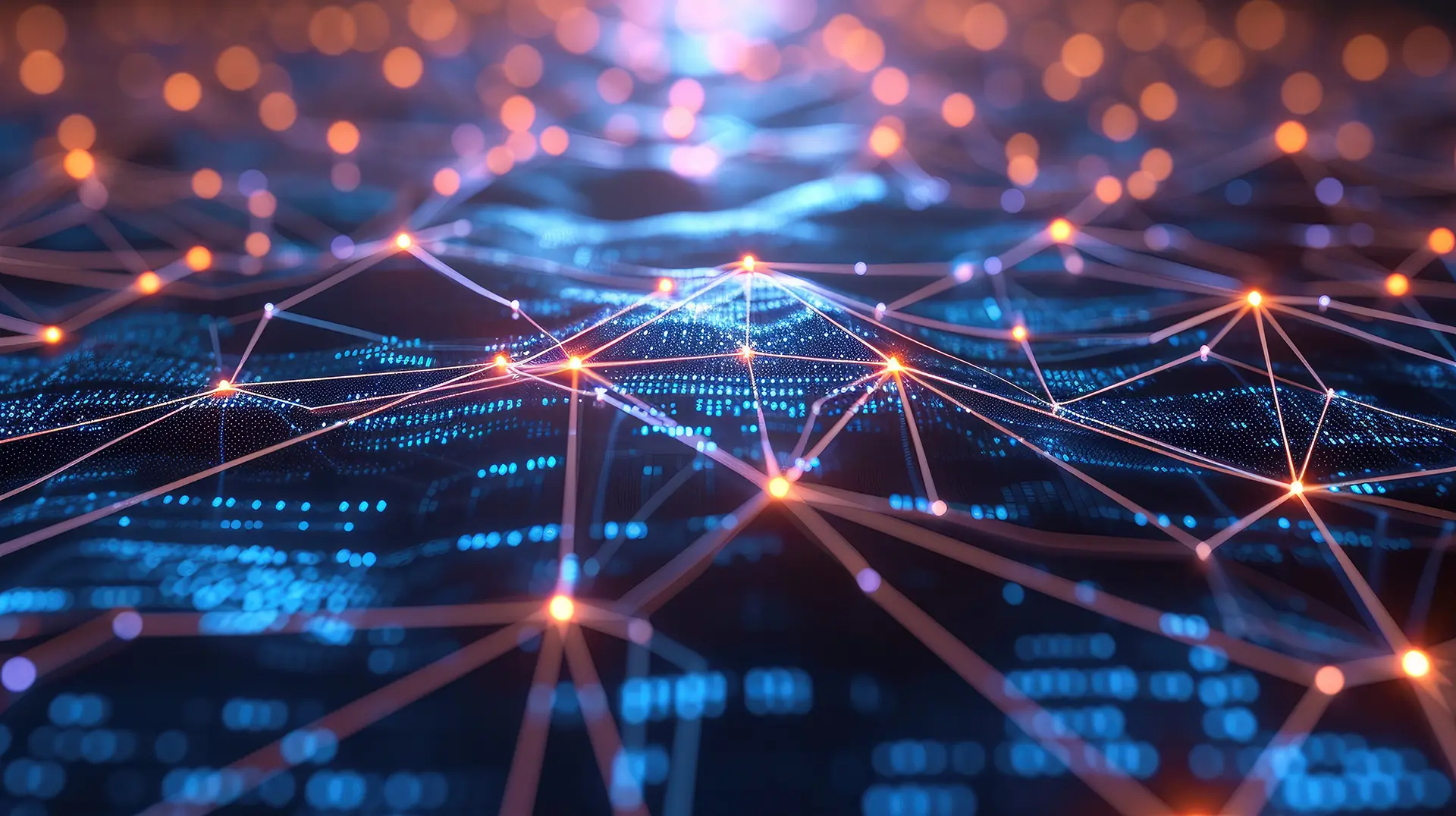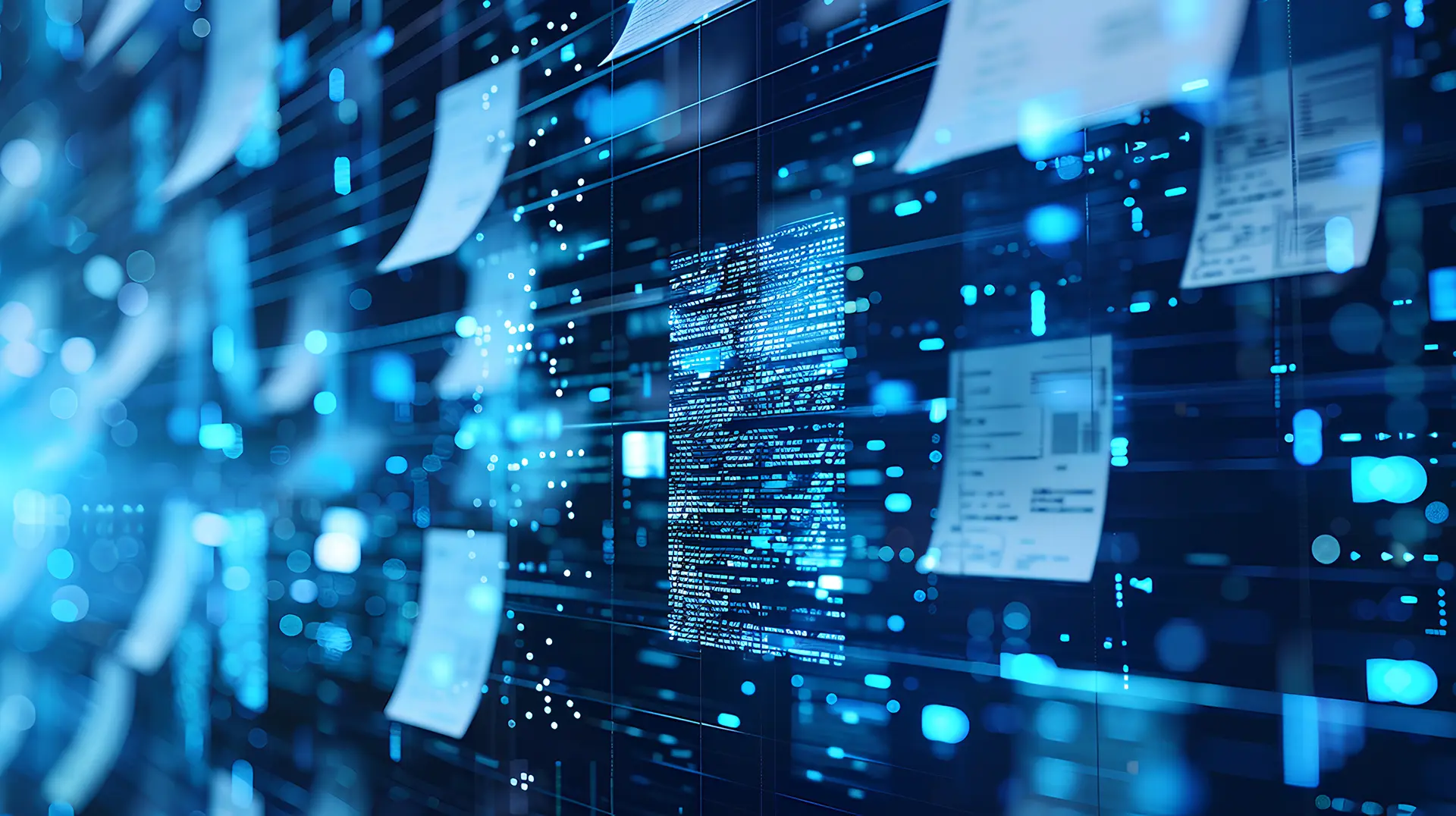Table of contents
- AI and cyber security
- The new era of cybercrime
- Strategies used by hackers
- Cloud computing and computing power
- AI as a weapon for hackers
- The importance of prevention and training
- Revising cyber security strategies
- Strategies to combat AI-powered cyber threats
- AI as a defense
- Balancing risks and opportunities
AI and cyber security
AI is changing the way organizations handle cyber threats. With the increase in cyber threats, it is becoming increasingly difficult for companies to protect their systems and data. Every internet-connected device represents a potential threat, expanding the attack surface and making the risk of large-scale cyber attacks constant. Zero-day vulnerabilities, once rare, have now become zero-day crises. AI is transforming the threat landscape, as hackers use AI to automate persistent and sophisticated attacks.
The new era of cybercrime
Just as AI makes business processes more efficient, it also makes cybercriminals more dangerous. AI enables the creation of programs that continuously improve hackers’ capabilities without the need for large teams of humans. By using AI algorithms, cybercriminals can exploit vast amounts of data to identify potential weaknesses in corporate systems. These AI-based tools can adapt and improve with each failed attempt, increasing the effectiveness of attacks.
Criminals can leverage almost unlimited cloud computing resources to identify potential victims. With generative AI, even low-level hackers can create powerful tools that systematically probe systems for exploitable vulnerabilities. Moreover, AI can match these weaknesses with a list of potential victims, making attacks more targeted and devastating.
Strategies used by hackers
Modern hackers use a variety of strategies to compromise corporate security systems and steal sensitive data. Three of the most common and devastating tactics are ransomware, data theft, and social engineering. These methodologies exploit vulnerabilities in IT systems and users’ behavioral weaknesses, often amplified by the use of AI.
- Ransomware
Ransomware is one of the most serious threats in the AI cyber security landscape. This type of malware, once infiltrated into a system, encrypts the company’s data, making it inaccessible until a ransom, usually requested in cryptocurrency like Bitcoin, is paid. The use of AI has made these attacks even more effective. Cybercriminals can quickly identify system vulnerabilities and encrypt data with unprecedented precision. It is estimated that by 2031, ransomware will cost victims about $265 billion annually, with attacks occurring every two seconds.
- Data theft
Data theft is another common strategy used by hackers that can have devastating consequences for companies. Cybercriminals steal sensitive data, such as customer information, financial details, and health records, threatening to release or sell them on the dark web. Companies, particularly those in regulated sectors, are required to report such breaches, which can further damage their reputation. AI and cyber security are closely linked in this context. AI is used to analyze large amounts of data and identify the most valuable information to steal.
- Social engineering
Social engineering exploits human psychology to trick users into revealing sensitive information or performing actions that compromise system security. With the advent of AI, these attacks have become even more sophisticated. Hackers can create extremely realistic phishing emails that appear to come from trusted sources like banks, insurance companies, or corporate executives. These emails deceive users into clicking on malicious links or providing confidential information.
Furthermore, deepfakes, which use AI to create fake but convincing videos and audio, are becoming powerful tools for cybercriminals. In a recent case, criminals used a deepfake video to convince an employee of a financial company in Hong Kong to transfer $25 million, believing they were speaking with the company’s CFO.
Cloud computing and computing power
Hackers also exploit cloud computing resources to enhance their attacks. The large amount of data and computing power available through public and private cloud services allows criminals to execute large-scale attacks more effectively. AI plays a crucial role in this context, as AI algorithms can analyze large volumes of data quickly and efficiently, identifying potential weaknesses and targets with precision.
AI as a weapon for hackers
AI can revolutionize how cybercriminals conduct their attacks. AI algorithms can be programmed to learn from their successes and failures, constantly improving attack tactics. These algorithms can analyze user behavior, identify suspicious patterns, and exploit vulnerabilities with a speed and precision that humans cannot match.
The use of AI by hackers also reduces response times to attacks. While a manually conducted attack can take days or weeks to plan and execute, an AI-powered attack can be launched in minutes. Additionally, AI can generate a large number of false positives, making it harder for security systems to distinguish between real threats and false alarms.
The importance of prevention and training
Given the sophistication of AI-powered attacks, it is essential for companies to adopt advanced security measures and train their employees to recognize and respond to potential threats. Organizations must implement cyber security strategies that include continuous endpoint monitoring, network traffic analysis, and the use of AI techniques to detect suspicious behavior.
Additionally, it is crucial for companies to develop well-defined incident response plans that allow them to react quickly and effectively in the event of an attack. This includes the ability to isolate compromised systems, recover encrypted data, and communicate with the competent authorities.

Revising cyber security strategies
To defend against AI-powered cyber attacks, organizations must revise their cyber security strategies and make new decisions. Traditional security measures are no longer sufficient. Historically, firewalls provided adequate protection, but now any device connected to the network can be compromised. It is essential to take control of endpoints before malware can cause damage.
A modern approach to cyber security involves controlling endpoints within the network, blocking or limiting the execution of malicious processes. It is also essential to monitor authorized processes and block them if they exhibit suspicious behavior. If malware cannot take hold, it cannot damage the systems. Additionally, outgoing network traffic must be controlled and limited, blocking devices that do not need to generate traffic outside and limiting internet access for those that do.
Strategies to combat AI-powered cyber threats
Rethinking the defense strategy against cyber threats is crucial to stopping AI-powered attacks and other forms of malware. Many cyber attacks depend on internet access to control endpoints, so limiting outgoing network traffic significantly reduces security risks. However, the biggest challenge is that many users need remote access to corporate resources.
The zero-trust approach assumes that all data traffic is suspicious and requires continuous verification of every device and user on the network. Creating a whitelist of approved vendors and applications can take time, but once established, maintaining network security becomes more manageable. Carefully managing endpoints to prevent the execution of malicious code and continuously educating employees about the dangers of phishing scams, deepfakes, and other social engineering threats is crucial.
AI as a defense
Understanding that cybercriminals use AI to attack systems is essential. It must be assumed that systems will be compromised, and preparation to prevent malware execution and stop attacks in their tracks is necessary. AI can also be used to enhance cyber security by analyzing large amounts of data to identify suspicious behavior and potential threats in real-time, reducing incident response times and improving overall security levels.
Balancing risks and opportunities
In conclusion, cyber security must evolve in the AI era. Using a proactive and adaptive approach is essential to protect organizations’ systems and sensitive data. New AI-based technologies can be a double-edged sword, but if used correctly, they offer powerful tools to combat modern cyber threats.
FAQ
- What are the main AI-powered cyber threats?
The main threats include ransomware, data theft, and social engineering attacks like phishing and deepfakes. - How can companies protect themselves from AI-powered cyber attacks?
Companies can protect themselves by updating their security strategies, using strict endpoint controls, and limiting outgoing network traffic. - What is a zero-day attack?
A zero-day attack exploits an unknown software vulnerability that has not yet been patched by the developers, making the attack difficult to prevent. - Why is AI a growing threat in cyber security?
AI can automate and continuously improve cyber attacks, making them more effective and harder to detect. - What is a deepfake, and how can it be used in cyber attacks?
A deepfake is AI-generated media content that appears real but is fake. It can be used to deceive people into taking actions like transferring money. - What is the zero-trust approach in cyber security?
The zero-trust approach assumes all data traffic is suspicious and requires continuous verification of every device and user on the network. - Why is endpoint control crucial in defending against cyber attacks?
Controlling endpoints helps prevent the execution of malicious code, stopping malware from compromising systems and causing damage.

